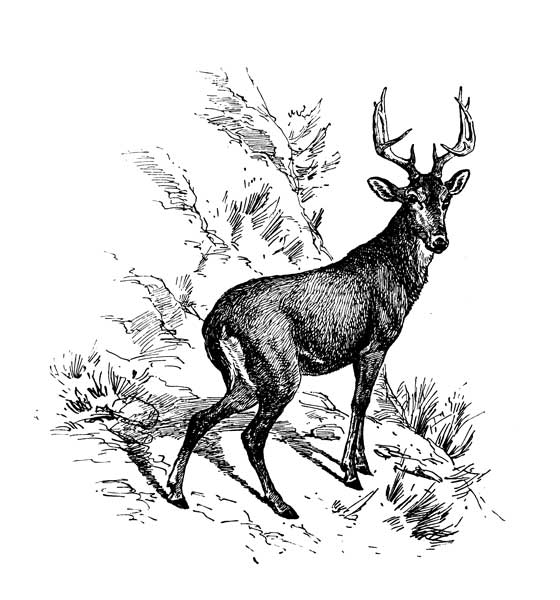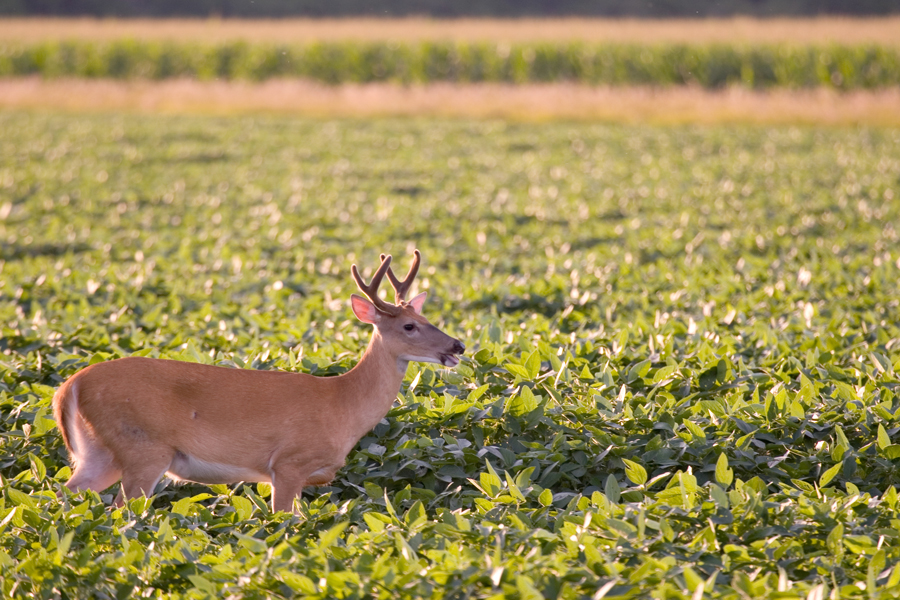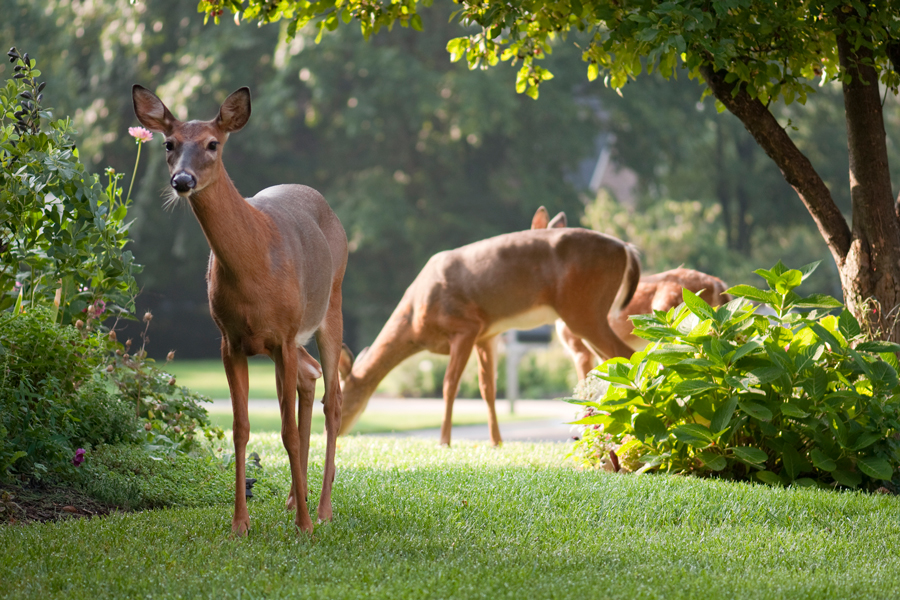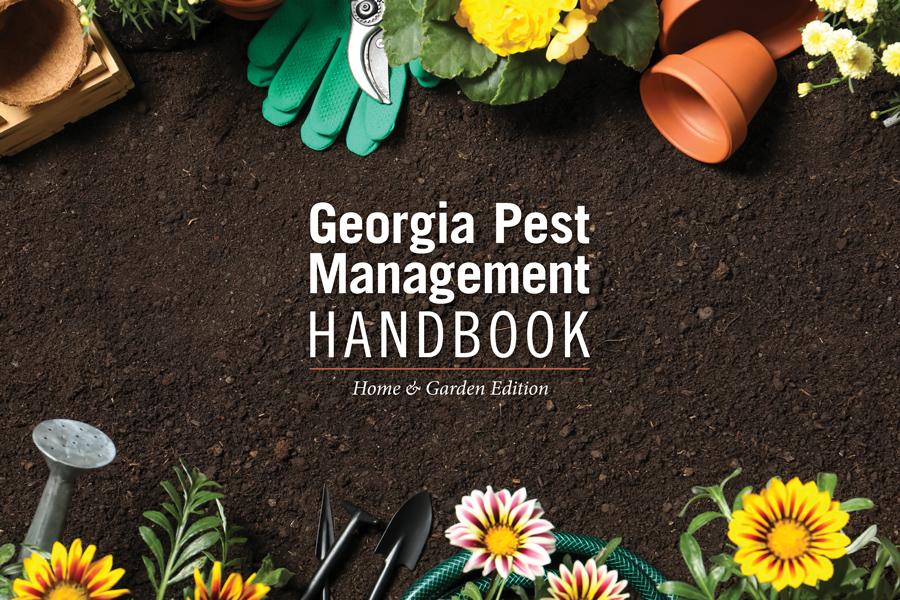Nuisance Animals
-

This resource discusses getting rats and mice out of your house and yard.
Michel Kohl and Michael T. Mengak
|
-

European hornets are widespread across much of the eastern United States. Native to Europe and Asia, they were accidentally introduced to North America in the mid-1800s. The European hornet is the largest species found in the United States and is particularly common in Georgia.
Shimat V. Joseph
|
-

Additional resources from the GPMH Commercial Edition.
Allison Faye Johnson and Michel Kohl
|
-

Food plots provide supplemental forage to wildlife during periods when native vegetation is less abundant or lacks nutritional quality. Because deer often prefer fertilized food plot plants to naturally available plants, over-browsing can damage food plots before they become sufficiently established.
Michael T. Mengak
|
-

Foraging armadillos often uproot ornamental plants. Their rooting also destroys gardens, lawns and flower beds. Their burrowing can damage tree roots and building foundations. Most armadillo damage is caused by their feeding habits.
Michael T. Mengak
|
-

White-tailed deer provide aesthetic and economic value, but deer can cause a variety of negative economic impacts. Deer can damage personal property, agronomic crops, landscape plantings, and food plots, and they serve as a host for diseases common to livestock and humans.
Michael T. Mengak
|
-

SB 48-13
Vertebrate Pest Control
This section of the Home & Garden Edition covers control of vertebrate pests such as beavers, chipmunks, deer, and bats, as well as repellents and how to manage reptiles, amphibians and birds. Note that prior to killing protected animals in Georgia, it is necessary to obtain a permit from the Wildlife Resources Office of the Georgia Department of Natural Resources. A permit is also required to take furbearing animals or game animals out of season. A current hunting or trapping license is required to take game or furbearing animals in season. Beginning in 2022, the Home & Garden Edition has been updated biennially. When purchasing a product based on a first-year recommendation of the Handbook, check the current product label before purchase to be sure it is still labeled for the use for which you are buying it. For pesticide products you have on hand from earlier purchases, you are allowed to use them until they are depleted without penalty under the law. Always follow label instructions before use. Contact the product’s manufacturer for the most up-to-date label.
Michael T. Mengak and Allison Faye Johnson
|
-

SB 48-01
Introduction and Table of Contents
Beginning in 2022, the Home & Garden Edition has been updated biennially. When purchasing a product based on a first-year recommendation of the Handbook, check the current product label before purchase to be sure it is still labeled for the use for which you are buying it. For pesticide products you have on hand from earlier purchases, you are allowed to use them until they are depleted without penalty under the law. Always follow label instructions before use. Contact the product’s manufacturer for the most up-to-date label.
Allison Faye Johnson and Victoria McCurley
|
-

This section of the Home & Garden Edition covers what to do in the event of a pesticide emergency, important contacts such as poison control, frequently asked pesticide questions, abbreviations and equivalents, submitting specimens for identification, and instructions for calibrating various types of sprayers. Beginning in 2022, the Home & Garden Edition has been updated biennially. When purchasing a product based on a first-year recommendation of the Handbook, check the current product label before purchase to be sure it is still labeled for the use for which you are buying it. For pesticide products you have on hand from earlier purchases, you are allowed to use them until they are depleted without penalty under the law. Always follow label instructions before use. Contact the product’s manufacturer for the most up-to-date label.
Glen C. Rains, Keith S Delaplane, Gary L. Hawkins, Milton D. (Mickey) Taylor, Simerjeet Virk, and Allison Faye Johnson
|